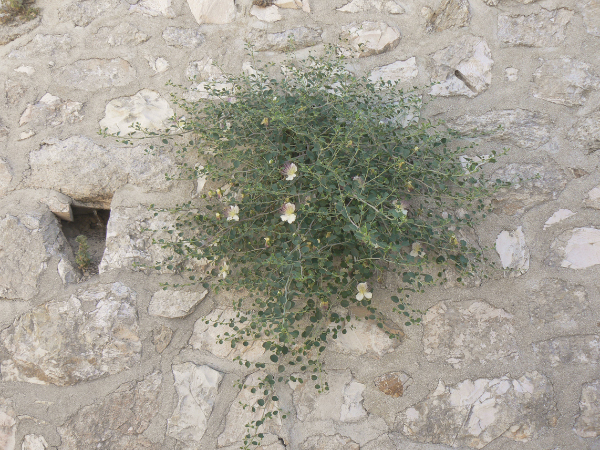Remedy for Physical Ritual Impurity Resulting from Skin Disease (14:1–57)
Two live clean birds (14:4). This elimination ritual symbolically transfers ritual impurity from the recovered person to the living bird by means of the blood of the (other) slain bird, in which (along with water) the living bird is dipped. Then the living bird is set free and carries the impurity away.123 Birds were also used in Anatolian and Mesopotamian elimination rituals. For example, a Hittite ritual to remove evil dispatches a goat (cf. Lev. 16:21–22) and releases an eagle and a hawk.124
In a Mesopotamian namburbi ritual to get rid of evil portended by a bird (in an omen), a male and female partridge are obtained. The patient raises them with his hands and recites an incantation before Shamash that includes a request that the evil be distanced from the patient. Upon completion of the rite, the male bird is released to the east, before the sun god. Unlike the biblical ritual, the freed bird does not receive a transfer of impurity, but by its physical form represents the evil (cf. Num. 21:6–9).125

Caper plant thought to be hyssop
Kim Walton
Fresh water (14:5). It is appropriate that (lit.) “living water,” meaning fresh flowing water (Gen. 26:19), should remedy impurity generated by the living death of scale disease and other defilements resulting from mortality (Lev. 15:13; Num. 19:17).126 Hittites and Babylonians also regarded fresh flowing water, such as rivers, as superior sources of purification. On the fourth day of the Ninth-Year Festival of Telipinu, Hittites take images of Telipinu and other gods, plus a cult pedestal, to a river and wash them.127 During the Babylonian New Year Festival of Spring, the high priest is to bathe in water from the Tigris and Euphrates rivers (see comment on Lev. 16:4).128
A spreading mildew in a house (14:34). J. Milgrom translates “a fungous infection.”129 In Mesopotamia, fungus in the walls of a house could be a good or bad omen. Black fungus portended brisk trade and wealth at that address, but green and red fungi (cf. Lev. 14:37) were ominous: “The master of the house will die, dispersal of the man’s house.”130 By contrast, while fungus in an Israelite house could generate the need to replace some of its material and ritually purify it—or (in a worst case scenario) could lead to its condemnation and demolition—the problem was limited to the house and did not indicate other kinds of dangers (caused by demons, etc.) for future inhabitants. So there was inconvenience, but once again, the religion of Israel’s God eliminates superstition and the fear that results from it.
An elaborate two-day Anatolian ritual invokes underworld deities to come up, take evil(s) (impurity, perjury, bloodshed, curse, threat, tears, sin, quarrel, and/or gossip) haunting a house, and transport them back down into the nether regions. At the end of the process, safe disposal of the ritual paraphernalia takes place out in the steppe country.131 In terms of the nature of evils remedied, deities involved, and procedures implemented, the Anatolian ritual differs greatly from Israelite purification of a fungous house. However, there are some strikingly specific points of contact: use of water (“water of purification”—cf. Num. 8:7; 19:9; spring water—cf. Lev. 14:51), the number seven (drawing water and pouring it out; cf. seven days in 14:38–39), red wool (cf. 14:49), contact of a slain animal with water (but libating a lamb before slaughtering it, unlike 14:50), and slaughter of birds (but cooked for sacrifice, unlike 14:50–52). Such similarities reinforce the concept that the Israelite ritual system and the worldview associated with it shared much with common ancient Near Eastern heritage, but important differences made Israelite religion unique in crucial ways.